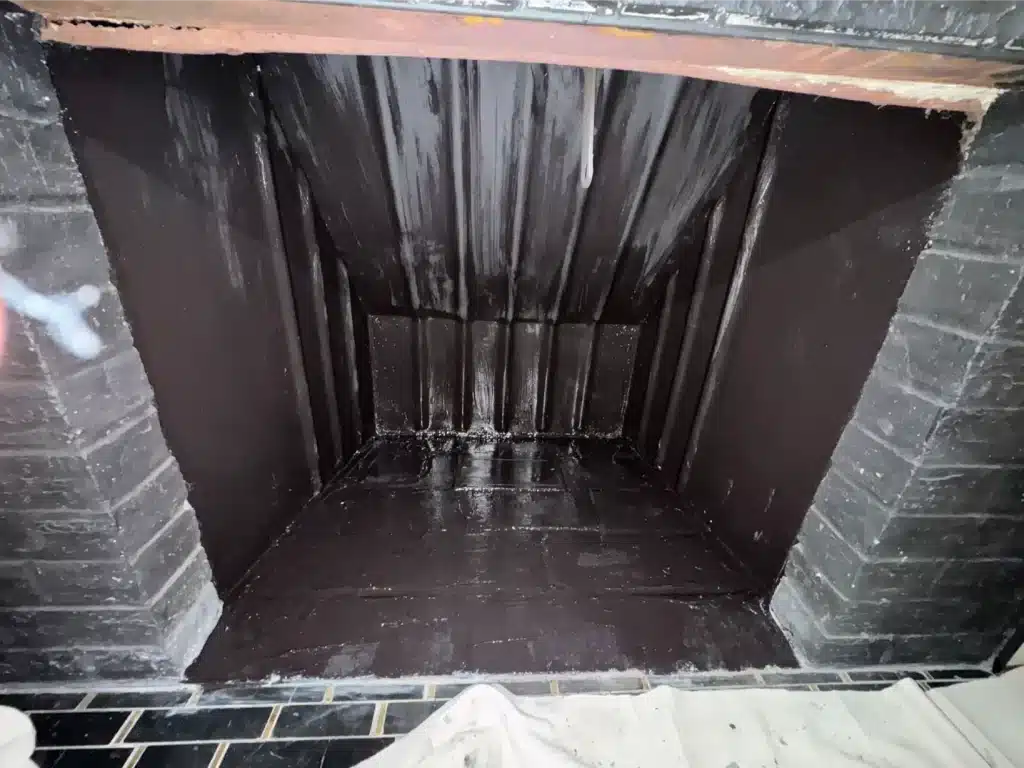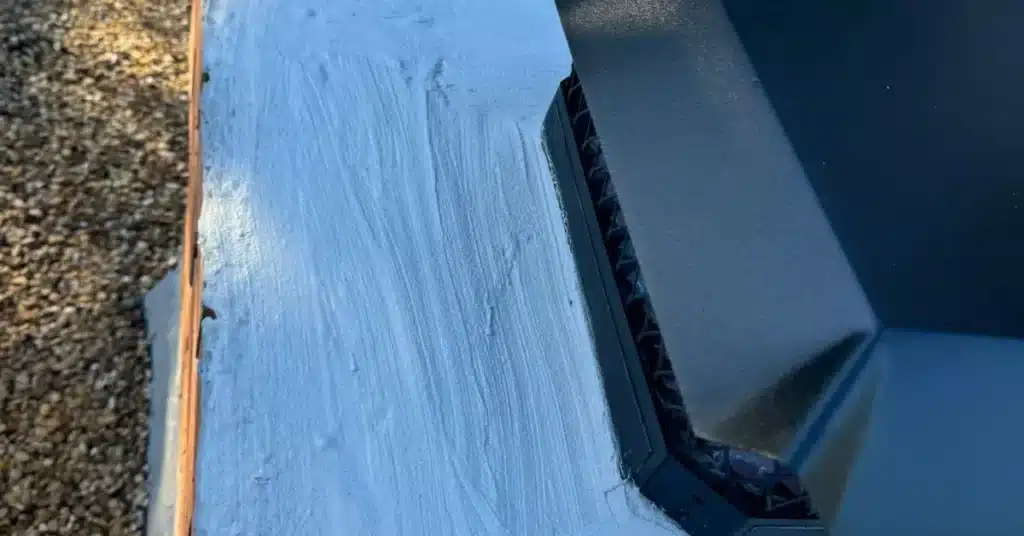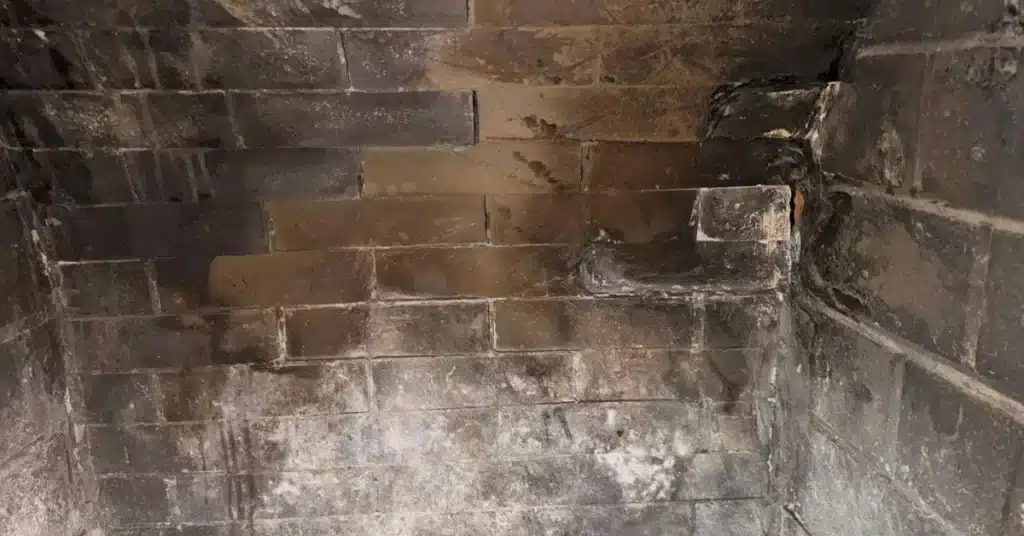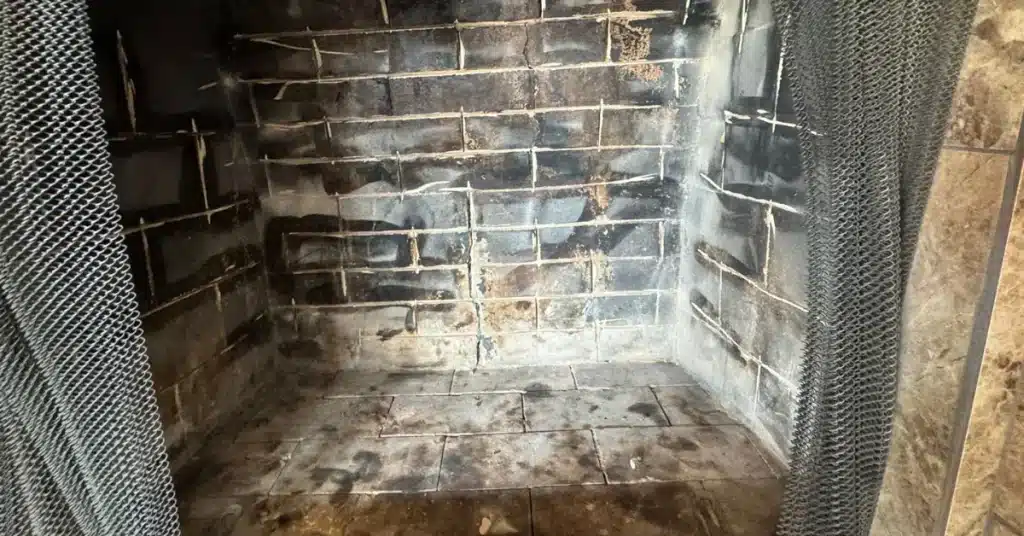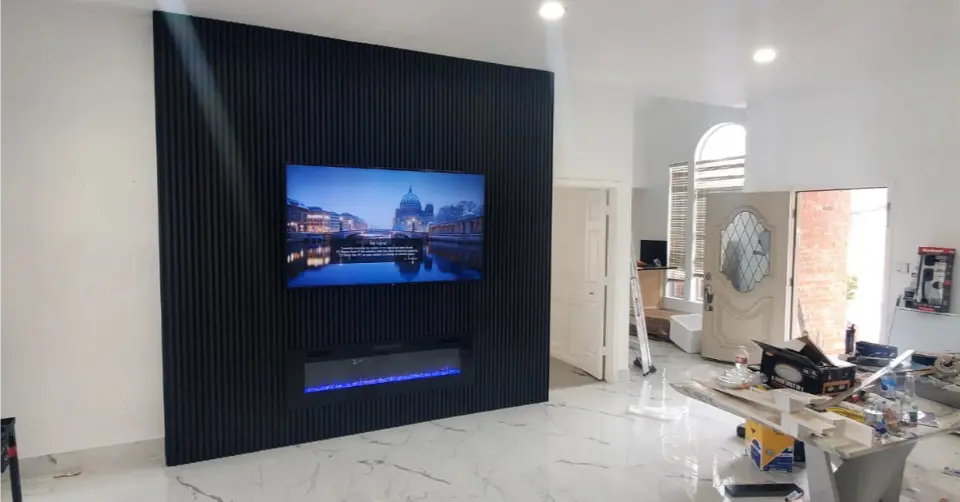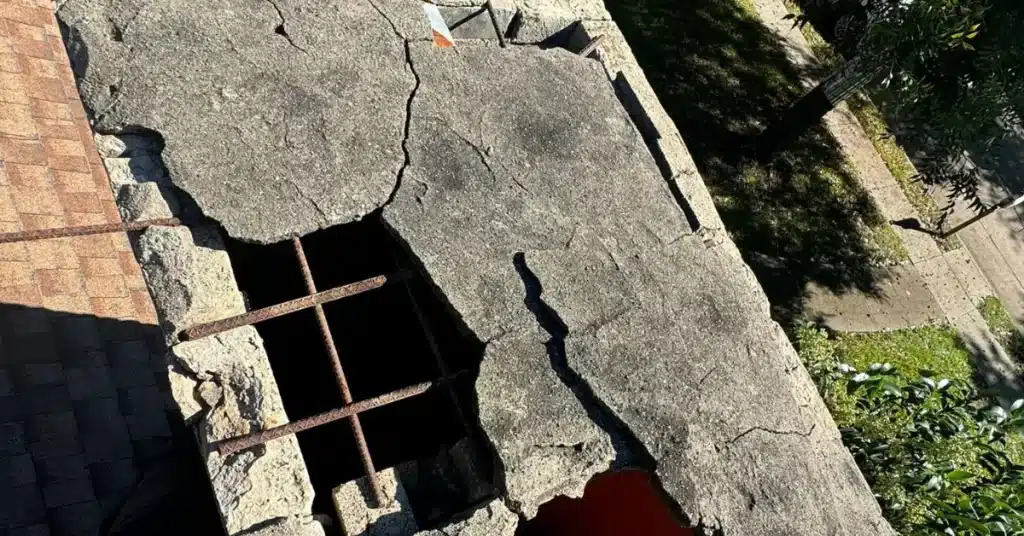Ever dreamed of cozying up to a warm hearth without the hassle of chopping wood? You’re not alone! Many homeowners want to add a gas fireplace to their existing spaces for warmth and ambiance. It’s actually simpler than most folks think. Let’s walk through the process together, from choosing the right unit to enjoying those first toasty moments in front of your new flame feature.
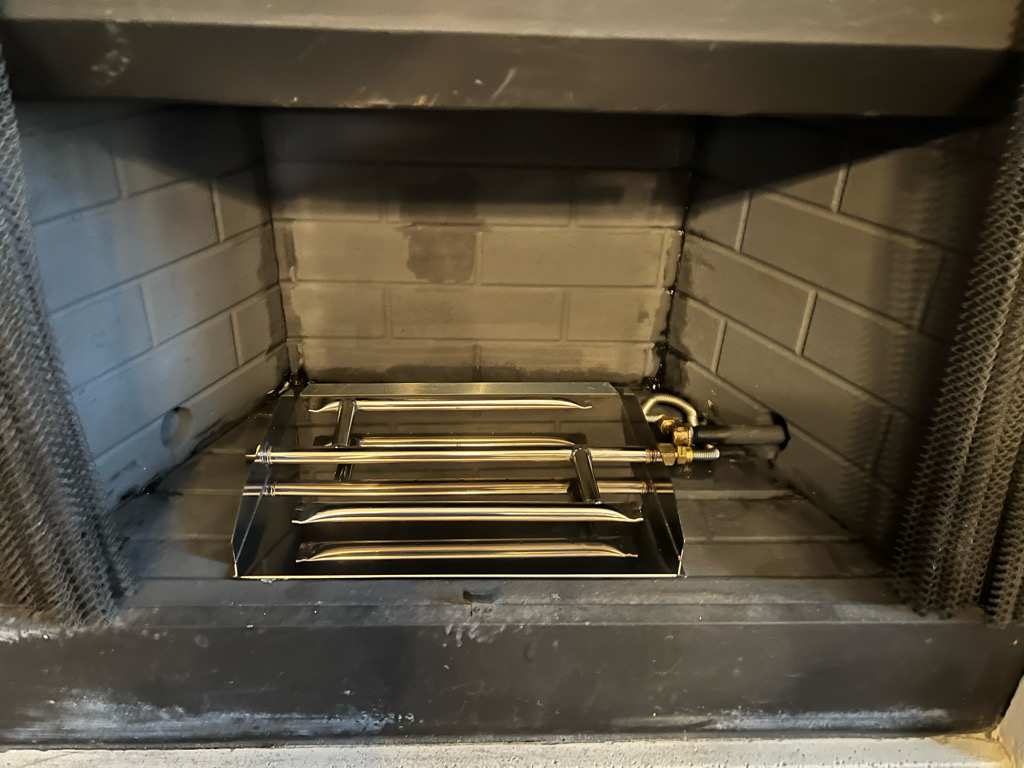
Understanding Gas Fireplace Options for Your Home
Before jumping into any project, you need to know what options are available. There are three main types of units to consider when you add a gas fireplace to your home.
Direct-vent models pull air from outside and vent exhaust through an exterior wall. These are perfect for homes without existing chimneys. Vent-free units don’t require outside venting but aren’t permitted in all areas due to local codes. Natural vent systems use existing chimneys, making them ideal for replacing wood-burning setups.
Your home’s layout and construction will determine which system works best. When you add a gas fireplace, consider whether a corner space might accommodate a different model than a flat wall location. Think about the room size too – larger spaces need units with higher BTU output for proper heating.
The Installation Process: How to Add a Gas Fireplace
The installation journey typically takes 1-2 days depending on complexity. First, decide on the perfect location in your home. Most homeowners choose living rooms, family rooms, or master bedrooms to create a cozy atmosphere when they add a gas fireplace.
Next comes the prep work. This includes creating an opening if needed, running a gas line, and preparing for proper ventilation. If you’re working with an existing masonry fireplace, you’ll need an insert designed specifically for that purpose.
The Installation Process: How to Install a Gas Fireplace
Before you add a gas fireplace, make sure you have these basics covered:
- Access to a natural gas line or propane tank
- Proper space for required clearances (check manufacturer specs)
- Appropriate venting options based on your chosen unit
- Electrical outlet nearby for blowers or electronic ignition
- Local permits and inspection approvals
The fuel source is a major consideration. If natural gas lines aren’t available in your neighborhood, propane offers an excellent alternative. Either way, professional connection is a must for safety reasons.
Benefits of Adding a Gas Fireplace to an Existing Home
The perks of installing a modern flame feature go beyond just looks. For starters, you’ll enjoy instant heat with the flip of a switch – no more waiting for logs to catch!
Energy efficiency is another big win when you add a gas fireplace. You can heat just the room you’re using rather than cranking up the whole-house system. This zone heating approach can lower utility bills during chilly months. Plus, today’s units offer impressive efficiency ratings of 70-85%.
Home value gets a nice boost too. Potential buyers often list fireplaces among their most-wanted features. The National Association of Realtors even suggests you might recover up to 100% of installation costs when selling your home.
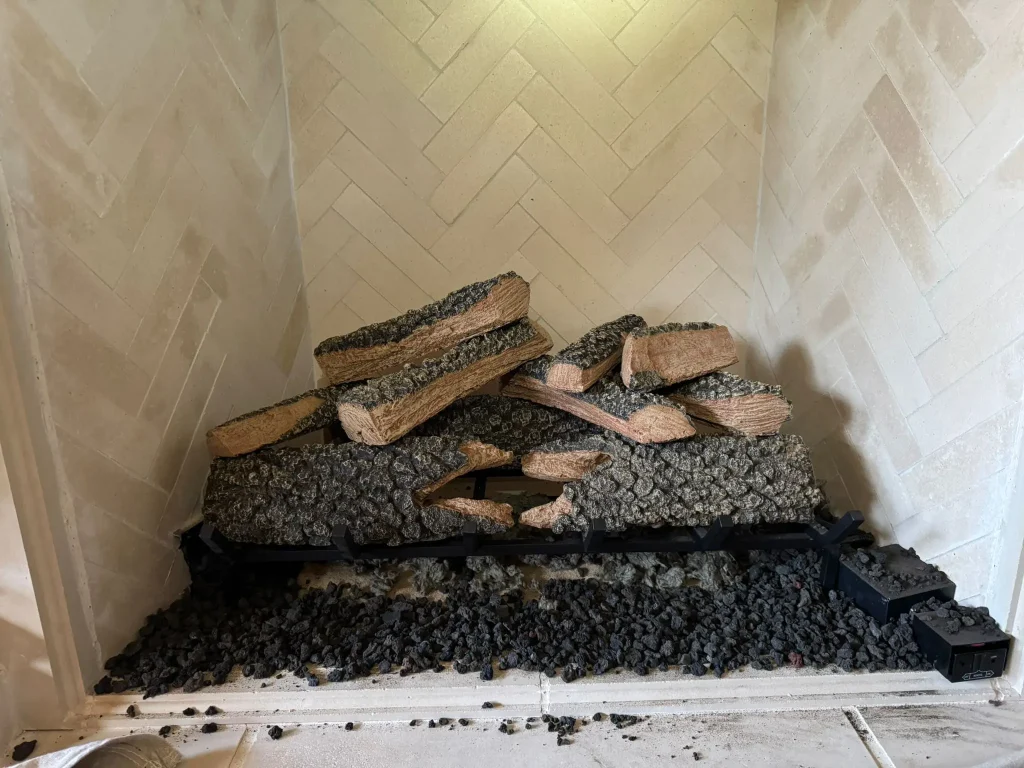
Ready? The Next Steps for Your Gas Fireplace Project
If you’re excited to add a gas fireplace, start by researching qualified installers in your area. Look for professionals with specific experience in these types of projects and proper certification.
Get multiple quotes to compare prices and included services. Make sure each estimate covers the complete project from start to finish. Ask about warranty coverage for both the unit and installation work.
Remember that proper timing matters. Planning your project during off-peak seasons (spring or summer) might result in better pricing and quicker scheduling. This gives you plenty of time to have everything ready before the first cold snap hits.
Ready to transform your home with a beautiful, efficient heating solution? Reach out today to discuss how we can help you add the perfect flame feature to your living space!
FAQ
Is it possible to add a gas fireplace insert to an existing home?
Absolutely! Converting an existing wood fireplace is the simplest approach. You can also create a new installation with proper planning. The process involves selecting a compatible insert model, ensuring proper venting, and connecting to your home’s fuel supply. Most properties can accommodate these upgrades with minimal disruption.
Is installing a gas fireplace insert hard?
While not overly complex, installation involves multiple steps requiring technical knowledge. Professionals handle fuel line connections, venting requirements, and ensure compliance with local building codes. DIY enthusiasts often underestimate combustion safety concerns. For best results and peace of mind, hiring certified technicians is highly recommended.
What are the installation requirements to add a gas fireplace?
Requirements include access to new gas lines or existing fuel connections, proper ventilation (often direct vent systems), electrical access for ignition, and adequate clearances from combustible materials. You’ll need permits from local authorities, professional installation, and final inspection. Some units require specific wall reinforcement depending on weight.

